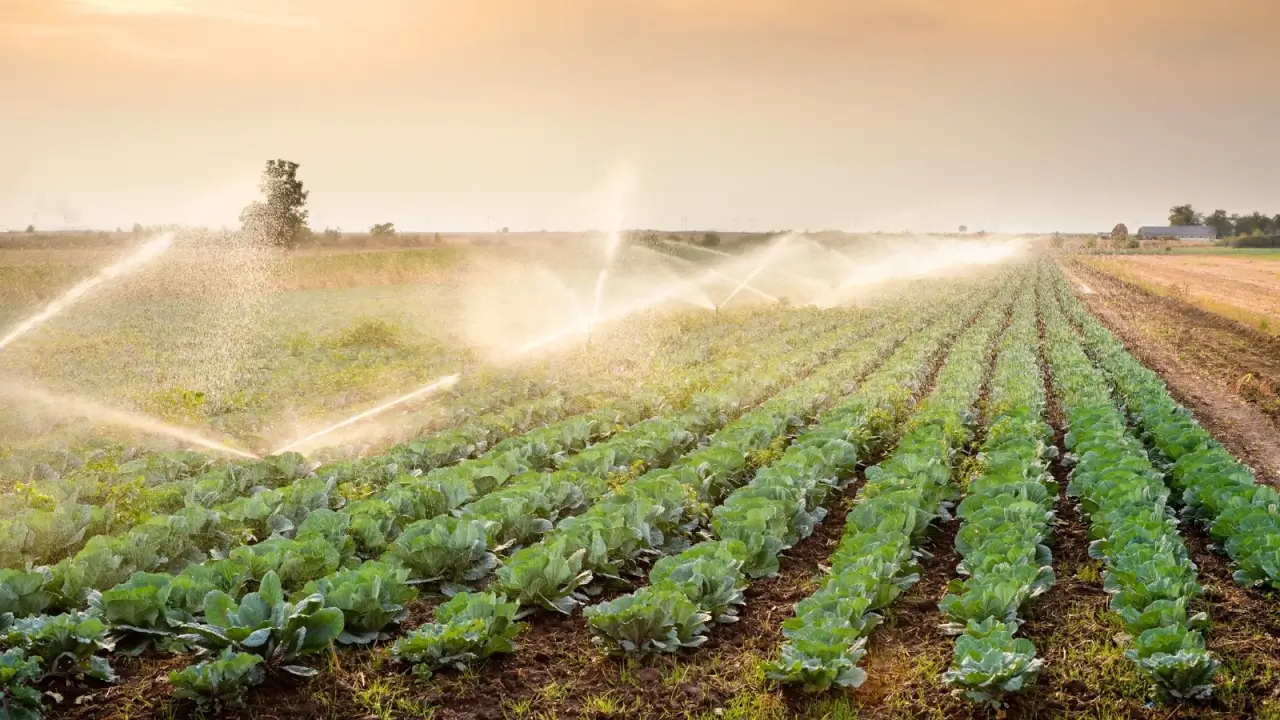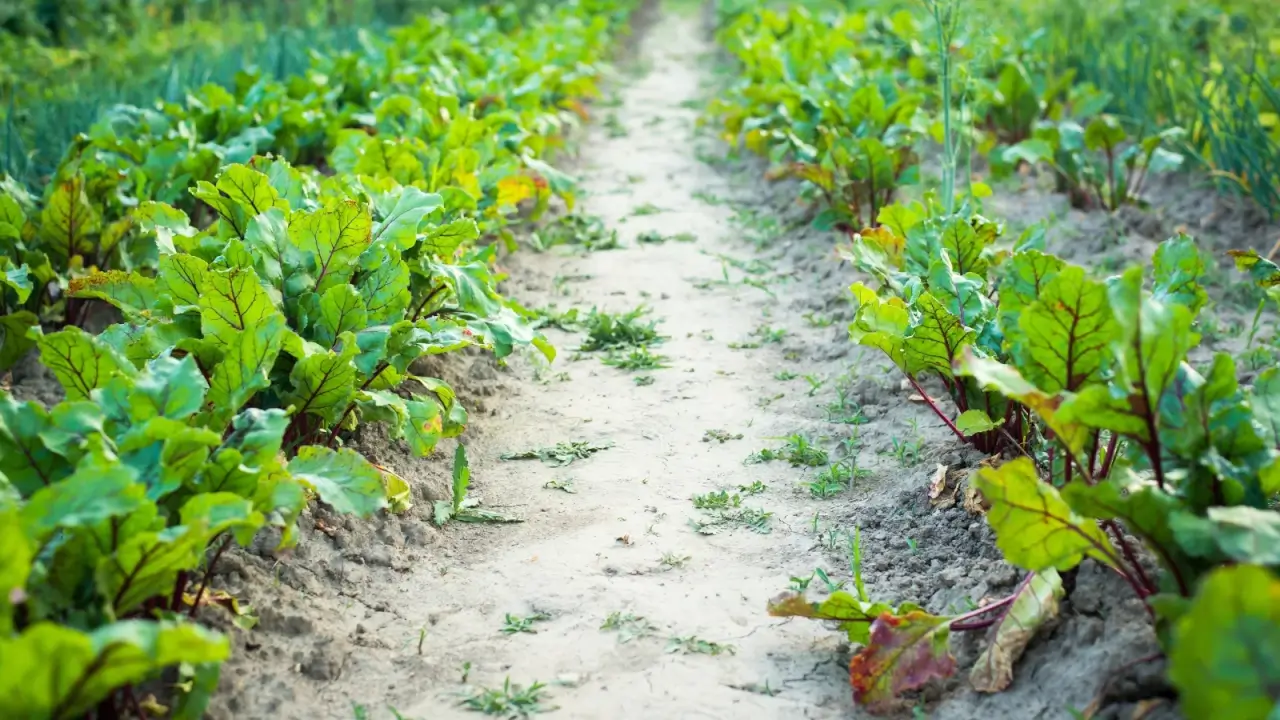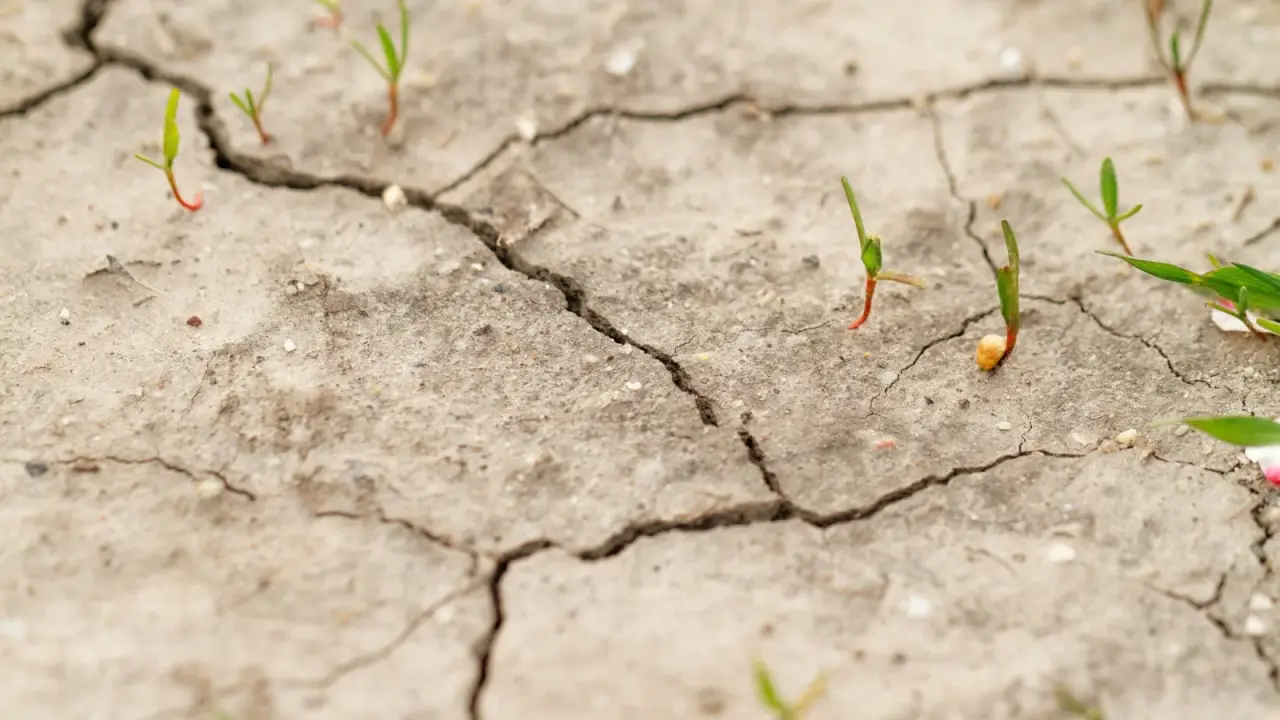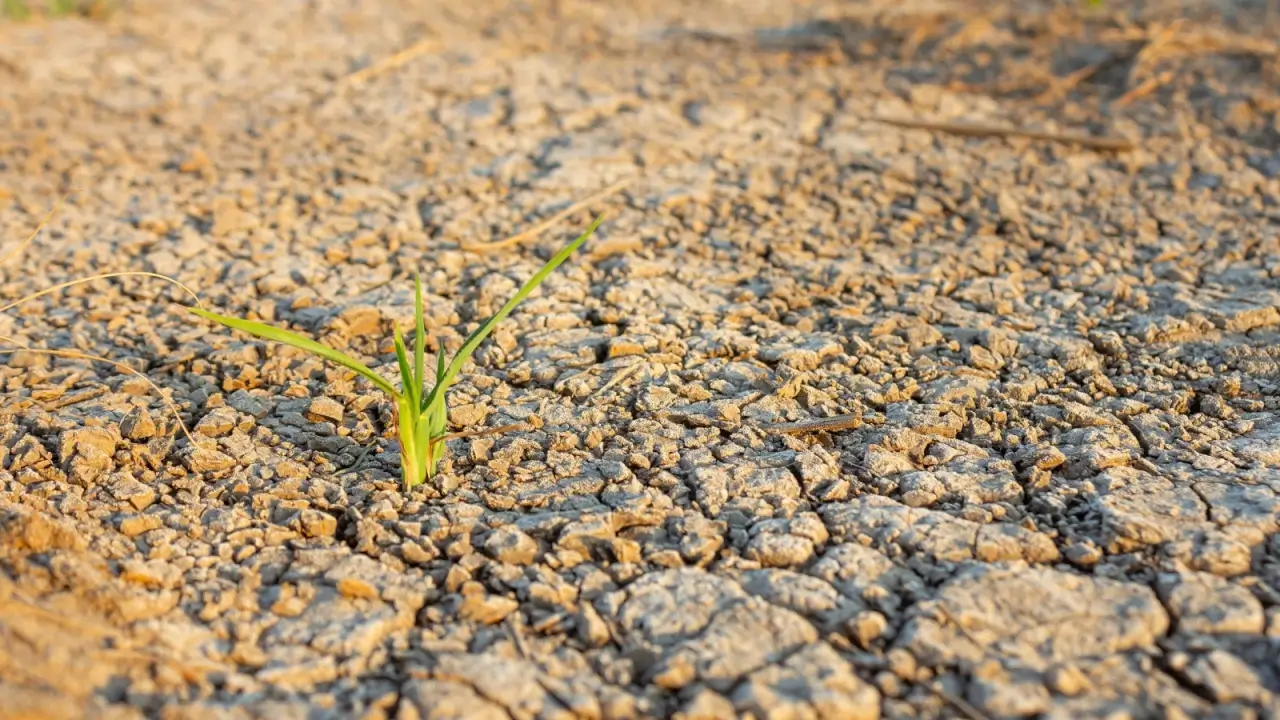Soil salinization is a serious problem, especially in areas with less rainfall and increasingly arid climates. As climates change, flooding becomes more prevalent – another factor that leads to high soil saline content. While too much salt in soil can be damaging to crops, there is a solution: saline agriculture.
While this salt naturally occurs in soils, too much is a huge problem that can reduce yields to 20 to 50% of their potential output. Improper irrigation, climate change, and existing environmental conditions all contribute to this issue. The resulting effect of salinity occurs at all growth stages, from seed to mature plants.
Reduced growth is the main symptom, largely due to reduced phosphorus uptake, as plants are in oxidative stress and don’t absorb the nutrient as readily. The inability to take in this nutrient, along with others, limits effective photosynthesis. All of these lead to reduced yields.
What Is Saline Agriculture?
Along with what’s called biosaline farming, this method is particularly suited to arid climates and regions that lie along ocean coasts. It works in areas with high soil salinity, increased groundwater salinity, or both.
The goal is to utilize salted irrigation water to remediate soils, cultivate salt-tolerant plants, and grow healthy crops. One or a combination of these strategies serves to assist areas where salinity is an issue, whether it be in the ground or due to increased drought or flooding.
Numerous organizations across the world have partnered and collaborated on this issue, as it’s projected that by 2050, this method will be at the forefront of climate mitigation techniques.
Methods

Salinized and brackish water has been harnessed recently as a viable means to produce crops. By irrigating at specific growth stages (depending upon the plants) with salty water, soil salinity doesn’t increase as long as the salt is leached out of the soil in future seasons.
In arid areas without already salty groundwater, keep the soil moist throughout the season. Include a mulch over the soil surface, and use drip irrigation. This should reduce the increased salt content that comes from increased evapotranspiration common in droughts.
Another method is soil remediation, where acidic, salty soils are amended with gypsum to reduce salinity. This effectively increases calcium, which replaces saline. The amount of gypsum needed to carry this out properly is highly dependent on the existing soil and environmental conditions.
A soil test and communication with local extension offices is a good way to get started on this.
Salt-Tolerant Crops

Farmers can also grow crops that can handle the high saline content either in soil or in irrigation water. Those with high tolerance include asparagus, beets, barley, and rye. Somewhat tolerant crops are oats, cabbage, wheat, sunflower, olive trees, tomatoes, rice, and spinach.
Planting tolerant crops ahead of drier seasons is one way to mitigate the effect that salt can have on yields. Farmers who live in areas where freshwater meets seawater can focus on these year-round. The same goes for areas where irrigation water is high in salt.
As long as the sunlight and season are right, focusing on salt-tolerant plants is a viable method for farming in high salt environments.
Phytoremediation: An Emerging Solution

One interesting mode of this type of agriculture is remediating soils with plants. Not only are these plants saline-tolerant, but they’re also able to remove saline from the soil as they grow. This process is called phytoremediation. They do this either at the root level or via the control of saline distribution in the soil.
Most of the studies surrounding the benefits of phytoremediation include plants that tend to grow in salt-prone areas. These halophytes (or salt-tolerant plants) use either or both of the processes above to subsist in soils laden with saline.
Due to its low-risk nature, phytoremediation is an incredibly viable, low-stakes agriculture method. Barley is a useful crop for large-scale farms. New Zealand spinach is great for farms in warmer regions. There are tons of halophytes out there, and an extensive list is available at eHALOPH.
Find plants native to your region if you’re working on a conservation easement or want to farm regeneratively.
The Future of Saline Agriculture

With soil salinity becoming an increasing concern, numerous methods are being tested and researched to ensure the world’s food system remains intact. Advances in electrodialysis or electrodialysis reversal are at the forefront of these efforts.
Electrodialysis and electrodialysis removal both use electric current and membranes to transfer salt out of water. This effectively desalinates the water, reducing the buildup of salt in irrigated soil. However, plants irrigated with water treated this way will also need tolerance to higher incidences of chlorides.
Therefore, partial desalination has been an intriguing method for effective saline agriculture. What it comes down to is proper management, along with attention to crop selection and the planting environment.
Could Salt Water Be the Solution to Future Irrigation Woes?
Freshwater supplies are under stress as the global demand for food increases. Through selective breeding, one company is creating crops that can be irrigated with salt water.
The post Saline Agriculture: A Promising Approach to Global Farming Challenges appeared first on Modern Farmer.


